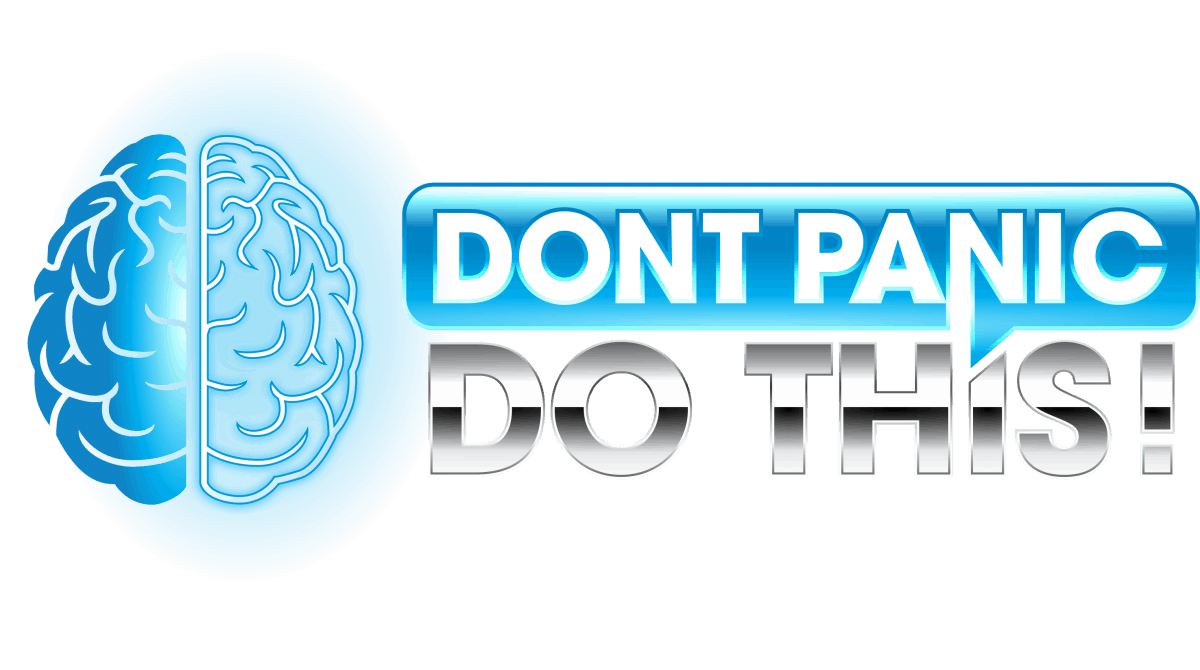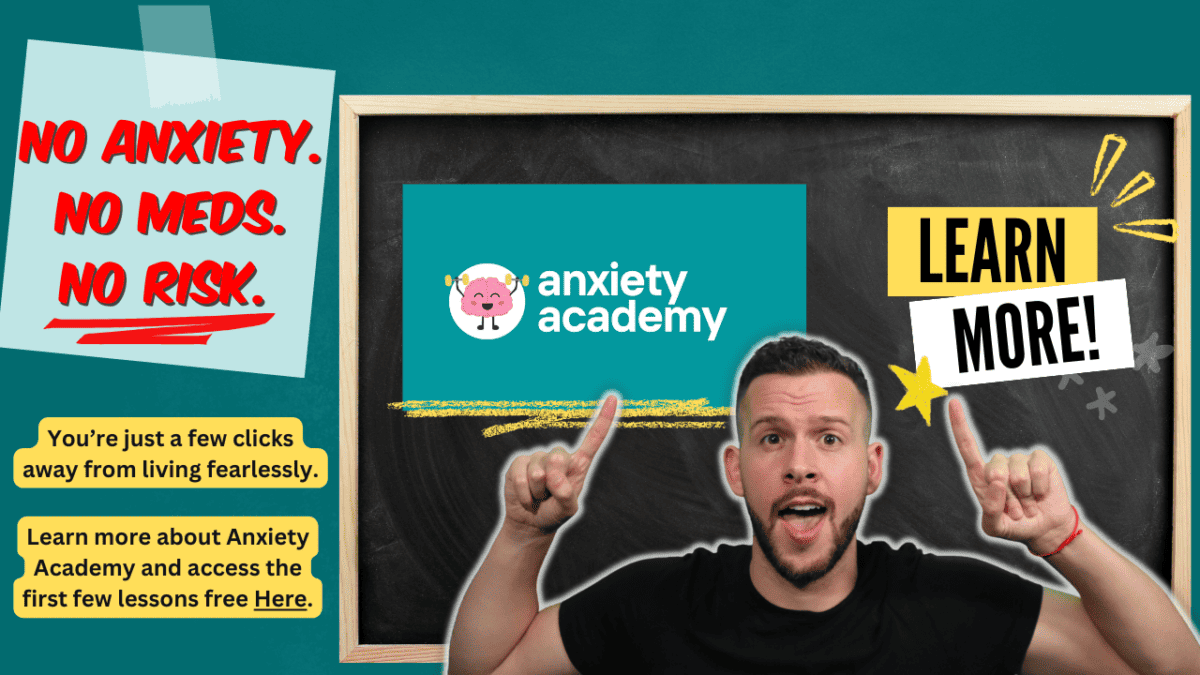A person breathing into a paper bag is perhaps the most iconic imagery associated with someone having an anxiety attack. This is because, for many years, we’ve known this to be a quick and effective panic attack remedy. So, why does breathing into a paper bag relieve hyperventilation?
During a panic attack, we may feel as though we are not getting enough air, causing us to breathe harder and faster. This hyperventilation causes a shortage of carbon dioxide in the bloodstream. Breathing into a paper bag relieves hyperventilation by restoring carbon dioxide levels and correcting the rate of breathing.
Let’s explore some of the ways that breathing into a paper bag can relieve hyperventilation.
Afterwards, we’ll discuss some – possibly more effective – alternatives to breathing into a paper bag for hyperventilation.
What is Hyperventilation?
“Hyperventilation” is really just a fancy word for “Excessive Breathing.”
The most common cause of hyperventilation is anxiety or panic attacks. While anxious, it may feel more difficult to breathe than usual. We respond by taking more rapid, shallow breaths – rather than the full and measured breaths we normally take.
Since anxiety attacks can often make us feel as though we aren’t getting enough oxygen, our hyperventilation can worsen as time goes on. The problem with this type of over-breathing is that, although it may feel like we need more oxygen, it’s actually carbon dioxide that we’re low on.
What Does Hyperventilating do to Us?
During hyperventilation, am imbalance occurs between oxygen and carbon dioxide levels in the bloodstream. Because of our fast and shallow breathing, our carbon dioxide levels drop below what they should be. This makes the pH of our blood rise, causing respiratory alkalosis.
Symptoms of Respiratory Alkalosis
As you may have already noticed, most of the symptoms of respiratory alkalosis are similar to symptoms of anxiety. This can create a vicious cycle in which our hyperventilating causes us to feel even more anxious, and worsen our hyperventilation.
This is why is it so important to recognize and identify your hyperventilation as soon as it occurs. By getting our breathing under control, we can slow a panic attack down before it has the chance to worsen beyond our control.
Why Does Breathing into a Paper Bag Relieve Hyperventilation?
Breathing into a paper bag relieves hyperventilation by allowing us to restore the balance between carbon dioxide and oxygen in the bloodstream.
Instead of rapidly expelling and depleting our carbon dioxide levels, breathing into a paper bag relieves hyperventilation by allowing us to “rebreathe” some of that carbon dioxide. By restoring our carbon dioxide levels, we are able to leave respiratory alkalosis and alleviate the uncomfortable symptoms that are associated with it.
Another benefit of breathing into a paper bag to relieve hyperventilation is that it helps us to visualize our breaths. Regardless of whether or not you are breathing into a paper bag, consciously regaining control of your breathing is an essential step to quickly stopping hyperventilation. Let’s touch on that a bit.
How to Regain Control of Breathing While Hyperventilating
We already know that hyperventilating causes a vicious cycle that can worsen our anxiety and lead us to further hyperventilation. Now, let’s talk about what you can do to actively counter that process.
During a panic attack, or similar episode involving hyperventilation, we’ve let the mostly autonomous function of breathing go a bit off the rails. However, we can correct the issue by taking a few minutes to, in a sense, manually override these systems.
Once you recognize that you are hyperventilating, you can take control of your breathing by intentionally breathing at a more ideal rate. There are many conflicting opinions on the best rate of breathing for anxiety, but my current suggestion is the 4-7-8 breathing technique.
Here’s how you do it:
- Breathe in 4 seconds through the nose
- Hold your breath for 7 seconds
- Exhale through your mouth for 8 seconds
With each breath in you should allow your belly to expand, allowing it to go down on each exhale. If you can’t hold your breath for this long, you can keep the ratio and try it for a shorter length of time (such as 2 seconds in, hold for 3.5 seconds, 4 seconds out).
This type of breathing is effective for several reasons. Having a longer exhale than inhale triggers the parasympathetic nervous system to help us relax. Taking slower and deeper breaths helps us to maintain the proper balance of carbon dioxide and oxygen to alleviate hyperventilation symptoms.
Breathing into a paper bag for anxiety may help people regain control of their breathing with this technique because it provides a visual focus that may be helpful to some.
Although it may be uncomfortable at first, eventually your breathing will become normal and automatic again.
The Downside to Breathing into a Paper Bag to Relieve Hyperventilation
While breathing into a paper bag to relieve hyperventilation can be helpful to many people, it’s not a perfect solution. Here are some factors that should be considered before using this technique for hyperventilation:
Medical Conditions Besides Anxiety – Anxiety is the most common cause of hyperventilation, but it’s not the only cause. Medical conditions like asthma and heart attacks can also be causes of hyperventilation, and these conditions can easily be confused with severe anxiety. Breathing into a paper bag while having a heart attack or asthma attack can be dangerous. Anyone breathing into a paper bag for hyperventilation relief had better be sure it’s just anxiety.
It’s Never Safe to Breathe into a Plastic Bag – Like we’re all warned as kids, you should never put a plastic bag over your head or breathe into a plastic bag. It’s not safe; paper bags only.
It Can be Embarrassing – This won’t be an issue for everyone, but it would certainly have been an issue for me. Breathing into a paper bag is a behavior that can attract a good bit of unwanted attention; most people who see you doing this will know you’re having a panic attack. For socially anxious people, or just those who appreciate some privacy, this kind of attention is not ideal.
You May Grow to Depend on it – Maybe a bit strange, but I’ve heard at least one story of a person becoming emotionally dependent on paper bags to calm them down. If you regularly use paper bags for anxiety relief, it’s not a stretch to imagine you could become overly attached to them over time. Since you may not always be able to have a paper bag handy, this could be a problem.
Alternatives to Breathing into a Paper Bag
Breathing into a paper bag could be a good option for some, but it may not be the best option for stopping hyperventilation and anxiety.
Here are some alternatives to breathing into a paper bag to relieve hyperventilation:
Breathing into Your Shirt – Long before I knew anything about panic attacks, hyperventilation, or anxiety, I figured out a trick that helped me to destress. As a teen, I would pull my shirt over my nose and breathe into my shirt; at the time, I had no idea why this worked to decrease my anxiety – it just did. As an adult, I understand this process a bit better. Doing this would help me to recycle carbon dioxide and relieve hyperventilation, much like a paper bag might. It also helped me retain warmth a bit, which can be oddly comforting when we’re anxious. Best of all, we spend a great deal of our lives wearing shirts, so help is never far away.
Breath Work Exercises – Since hyperventilation occurs when we aren’t breathing correctly, it makes sense that many people will benefit from actively practicing breath work exercises. Aside from practicing methods like the 4-7-8 breathing technique we discussed earlier, many people will also benefit from practicing yoga or meditation. Both of these practices incorporate breath work in such a way that teaches you how to effectively control your breathing. Click the links for significantly more info on either.
Komuso Shift – This is a new, and very cool, tool built to help you control your breath and reduce anxiety. Built in a shape similar to a whistle, the Komuso Shift can help you to decrease hyperventilation by controlling your rate of breathing. Best of all, its awesome design disguises it as a sleek and stylish necklace; a far sight more discreet than breathing into a paper bag. Learn more or buy a Komuso Shift here.


